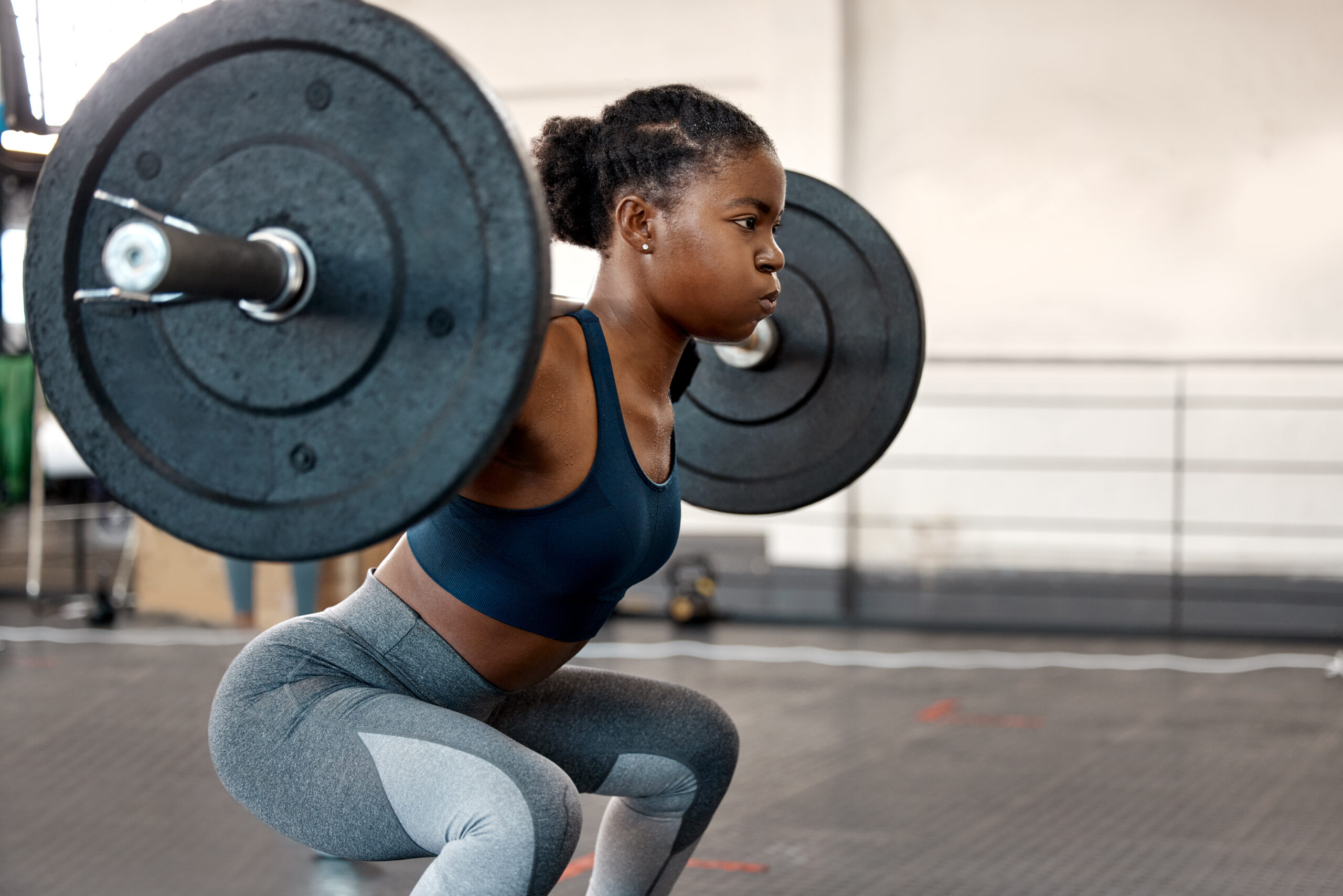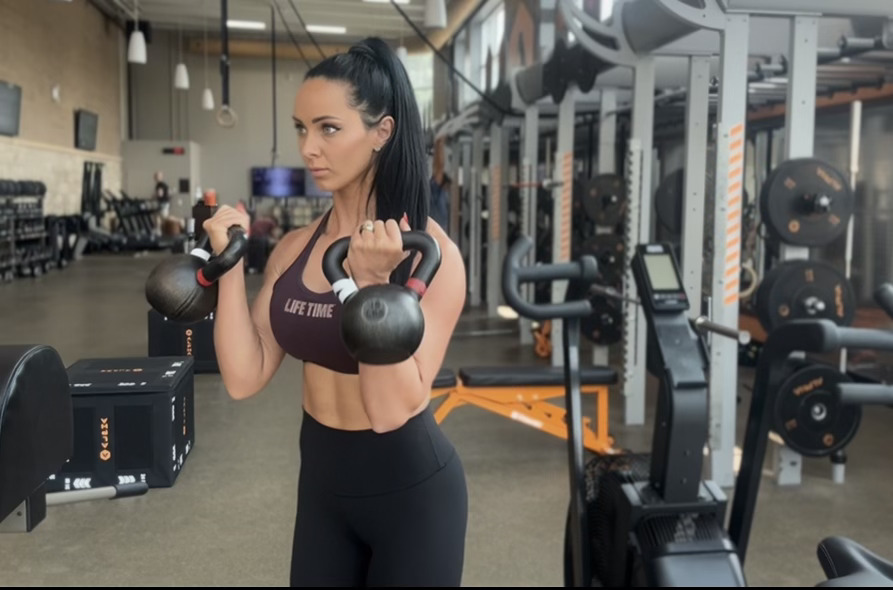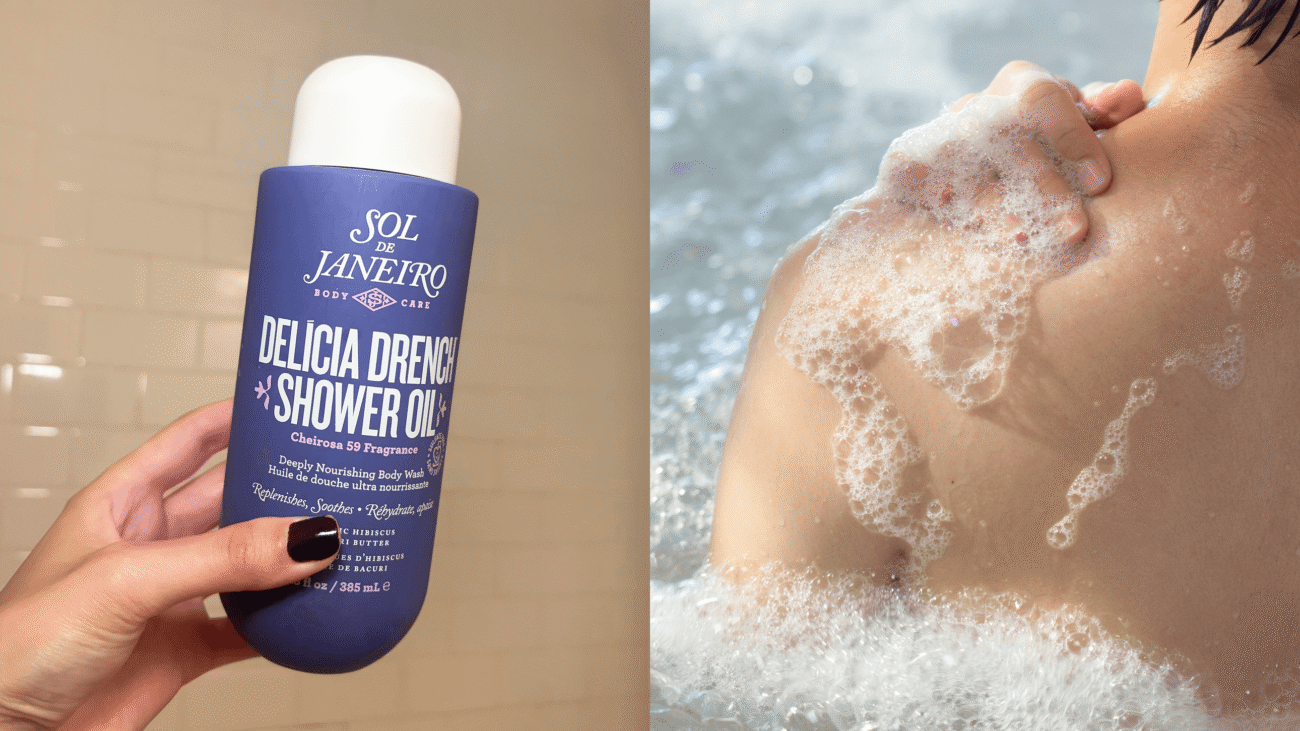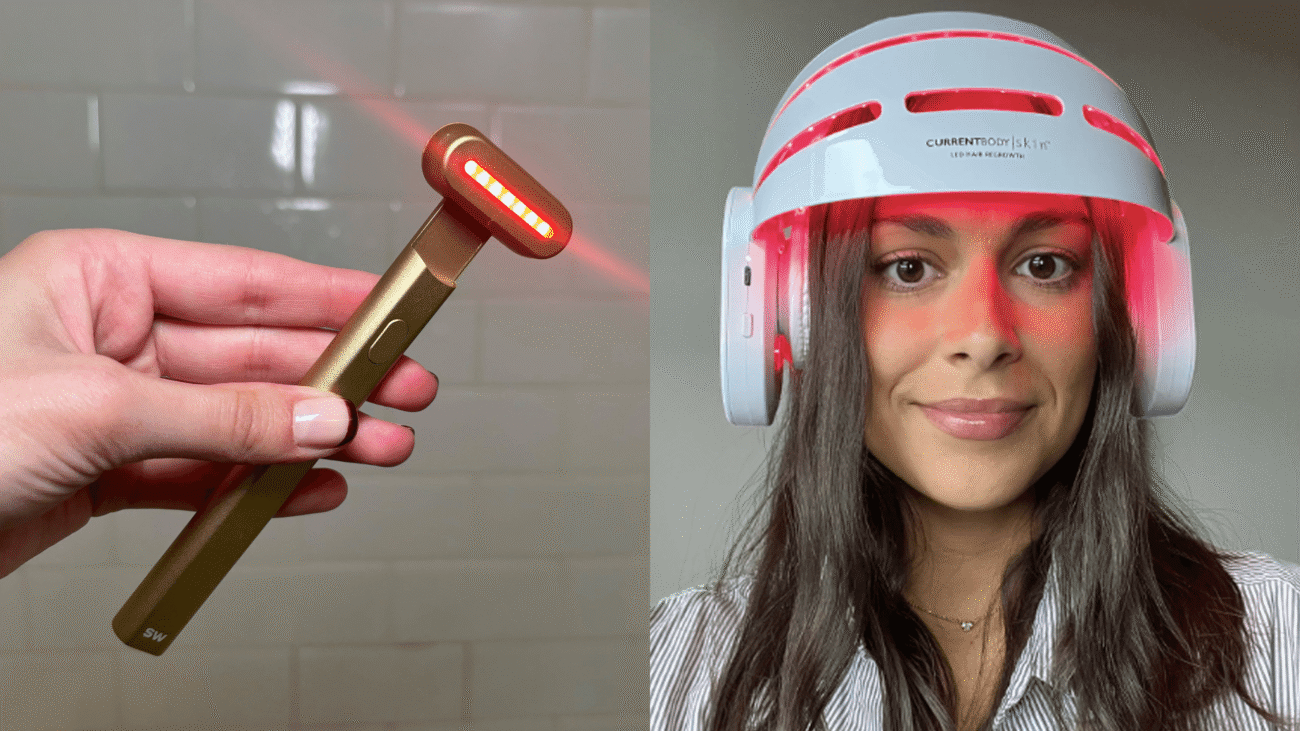Blog
This trainer says you should train your lower body from the bottom up, starting with calf raises

Your lower body is where your largest muscles live: the glutes, quads, and hamstrings. These leg muscles are responsible for getting you to where you’re going, and it’s important to take good care of them.
I spoke to Planet Fitness trainer Keri Hupp, who explained that lower-body strength is important for injury prevention, posture and reducing your fall risk as you get older.
“Lower body strength plays a central role in stabilizing the kinetic chain, a system that includes the ankles, knees, hips, spine, shoulders, and head,” she says.
She has a specific way of approaching lower-body training, which she shared with Fit&Well:
“Strengthening from the ground up, beginning with the ankles, can positively impact other areas by enhancing stability, reducing muscle imbalances, and minimizing compensatory movement patterns that often lead to injury.
“Strong lower body muscles, ligaments, and tendons provide better joint support, decreasing the likelihood of common injuries such as sprains, strains, or ligament tears.”
You will need some equipment for the trainer’s routine, including a barbell and kettlebell, so you might prefer to try it in the gym. However, we’ve also included alternative exercises you can perform with dumbbells, if you have a set at home.
Hupp earned a dual Bachelor of Science degree in Athletic Training and Exercise Science, with a minor in Psychology, while competing as a collegiate softball player. She has over seven years of experience at Planet Fitness and currently serves as a regional manager.
Calf raise
Sets: 3 Reps: 10
How to do it
- Stand with your feet hip-width apart. Keep your knees soft and engage your core.
- Press through the balls of your feet and lift your heels. Pause at the top of the movement and squeeze your calves.
- Slowly lower and repeat
- If you need support, hold the back of a chair, window sill or table.
Why Hupp recommends this move
- Improves ankle mobility and stability.
- Enhances performance in walking, running, sprinting, and jumping.
- Helps prevent injuries such as ankle sprains, plantar fasciitis, and Achilles tendinitis.
- Supports knee stabilization when the knee is bent, reducing the risk of knee injuries.
Back squat
Sets: 3 Reps: 8-10

Watch On
How to do it
- Set a barbell at shoulder height on a squat rack and add weights. You can practice with just the bar first, if you prefer.
- Step underneath the barbell and position yourself so that the barbell is on your upper back, ensuring it’s not resting on your neck. Grasp the bar slightly wider than shoulder-width and engage your core.
- Take a step backward to position yourself and set your feet wider than shoulder-width apart with your toes pointed slightly outward. Make sure your knees stay facing forward or outward, never letting them collapse inward. Keep your chest up, maintain a neutral spine, and look forward or slightly down (never up).
- Lower down into the squat by pushing your hips back and bending your knees simultaneously, as if sitting in a chair.
- Lower until your thighs are parallel to the floor, then drive through your heels and midfoot to stand back up.
If you don’t have access to a gym, you can do a dumbbell squat instead. Hold the weights at shoulder height, with your arms bent, and perform a standard squat.
Why Hupp recommends it
- Increases overall mobility and joint stability.
- Builds bone density, helping to reduce the risk of arthritis and osteoporosis.
- Promotes core strength, balance, and proper posture.
- Strengthens large muscle groups that span multiple joints.
- Helps prevent injuries by strengthening the muscles, tendons, and ligaments around the knees, hips, and ankles.
Kettlebell swing
Sets: 3 Reps: 5-7

Watch On
How to do it
- Stand with feet shoulder-width apart and the kettlebell between your feet. Grasp the handle of the kettlebell with both hands.
- Hinge at the hips, pushing them back as far as possible, only allowing a slight bend in your knees. Keep your back straight and core braced as you swing the kettlebell back between your legs.
- Drive your hips forward to stand up, swinging the kettlebell to chest or head height. Keep your arms relaxed and let your hips do the work. Squeeze your glutes at the top of the movement.
- Control the swing as the kettlebell moves back between your legs and repeat.
If you don’t have access to kettlebells—or you’re not comfortable with the swing exercise—you could switch out this move for a deadlift with dumbbells, which targets the same muscles.
Why Hupp recommends it
- Improves cardiovascular fitness by elevating heart rate and increasing oxygen demand.
- Strengthens the posterior chain (the muscles running down the back of your body), helping reduce back and hip pain.
- Trains coordination, balance, and core engagement.












